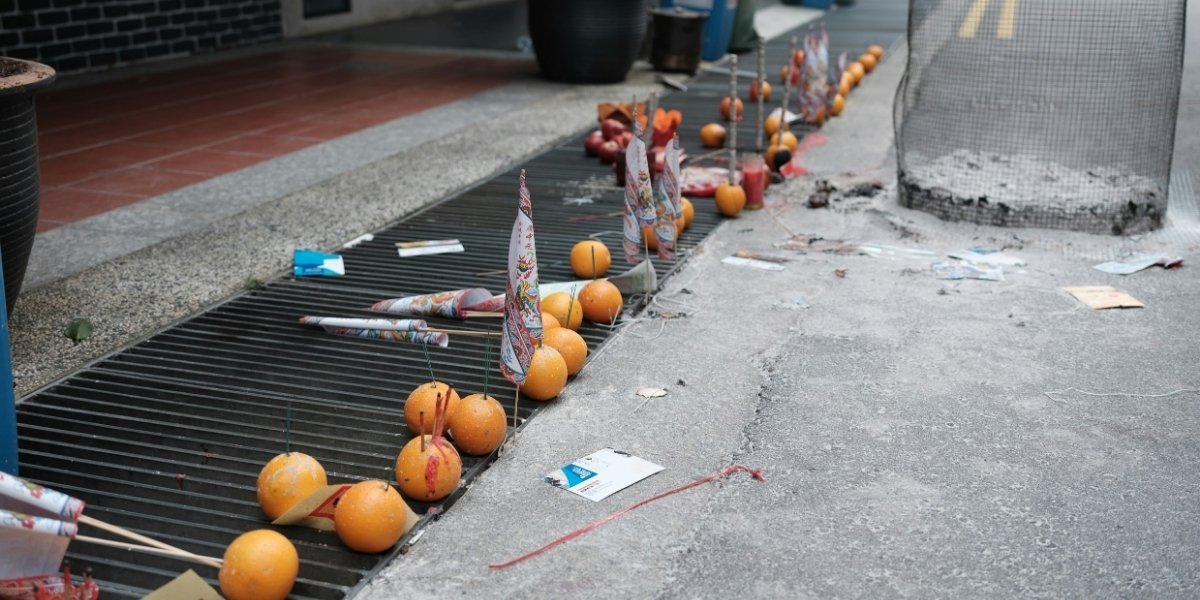The Hungry Ghost Festival is a captivating cultural celebration observed in many parts of Asia, particularly in China and Taiwan. This annual event, which falls on the 15th day of the seventh month in the lunar calendar, is an essential part of spiritual and religious traditions. It is deeply rooted in both ancient beliefs and modern practices, blending rituals of reverence and superstition in a way that captures the attention of millions worldwide.
At the heart of the Hungry Ghost Festival is the belief that the gates of the underworld are opened during this time, allowing spirits and hungry ghosts to roam the earth. The living perform various rites to appease these spirits and avoid misfortune. While it may sound eerie, this festival is also an opportunity for people to come together, celebrate their heritage, and honor their ancestors.
Understanding the Origins and Significance of the Hungry Ghost Festival
The Hungry Ghost Festival, also known as Zhongyuan Jie in Mandarin, dates back to ancient Chinese traditions. It is based on the belief that during the seventh lunar month, the gates of Hell are opened to release the spirits of the dead. According to folklore, these wandering souls are in search of food, comfort, and peace. As a way to ease their suffering, the living make offerings of food, incense, and other items to guide and appease the spirits.
The festival’s origins are closely tied to Buddhist and Taoist traditions. It is often considered an extension of the Buddhist Ulambana festival, which was originally held to honor deceased ancestors and to liberate the suffering souls of the dead. Over time, it became an important ritual across many Asian communities, influencing practices that include offerings, prayers, and feasts.
In addition to honoring ancestors, the Hungry Ghost Festival serves as a reminder of the importance of filial piety—respecting and honoring one’s ancestors and parents. It is believed that failure to do so may result in bad luck or misfortune. The festival is thus a blend of reverence, caution, and spiritual devotion, where the living maintain harmony with the spirit world.
Traditions of the Hungry Ghost Festival: Rituals and Offerings
One of the most distinctive aspects of the Hungry Ghost Festival is the elaborate rituals performed to appease the spirits. These rituals vary by region, but some common practices include:
Offerings of Food and Incense: During the festival, families set out plates of food, fruits, and incense to welcome the spirits and provide them with sustenance. The offerings are placed on altars or at shrines to invite the spirits to partake in the feast. In some cultures, paper effigies of material goods such as money and clothing are burned to provide comfort to the spirits in the afterlife.
Burning of Joss Paper: Joss paper, often called “hell money,” is burned during the festival as a means of sending material wealth to the spirits in the underworld. This tradition is rooted in the belief that the spirits need these items for their journey in the afterlife. Burning joss paper is a way for the living to send financial support to their deceased relatives.
Altar Ceremonies and Prayers: Many families set up altars in their homes or visit temples to perform ceremonies and prayers. Monks or religious leaders often lead these ceremonies, which involve chanting sutras to help alleviate the suffering of wandering spirits. The prayers are meant to guide the souls to peace and ensure that they do not cause mischief or harm to the living.

Street Performances and Theatre: In some areas, theatrical performances, including Chinese opera and traditional plays, are held in open spaces or on stages set up in the streets. These performances are believed to entertain and distract the wandering spirits while ensuring that they do not disturb the living. In some cases, the performances are also dedicated to specific deities or ancestors, with offerings presented before the performance to honor their spirits.
Superstitions Surrounding the Hungry Ghost Festival
The Hungry Ghost Festival is not just about honoring the dead; it is also a time filled with superstitions and warnings. These superstitions are passed down through generations and are integral to the practices surrounding the festival. Some of the most common superstitions include:
Avoiding Outdoor Activities at Night: One of the most well-known superstitions is the belief that the spirits are most active during the night. As a result, many people avoid outdoor activities, especially after dark, to minimize the chance of encountering a wandering spirit. It is thought that spirits may attach themselves to the living, leading to misfortune or illness.
Not Making Loud Noises or Arguing: It is considered bad luck to engage in loud behavior or quarrels during the Hungry Ghost Festival. This is because it is believed that such actions may disturb the spirits, causing them to become angry or upset. As a result, people are encouraged to maintain peaceful environments and avoid conflicts.
Wearing Protective Items: Many people wear special charms, such as amulets or talismans, to protect themselves from negative energy and malevolent spirits during the festival. These protective items are often blessed by monks or spiritual leaders to ensure that they are effective in warding off unwanted spirits.
Avoiding Swimming: Some regions believe that swimming during the Hungry Ghost Festival is dangerous, as the spirits are said to haunt bodies of water. Swimmers are warned that the spirits may try to pull them under, leading to accidents or even drowning.
Celebrating the Hungry Ghost Festival in Modern Times
While the Hungry Ghost Festival retains its spiritual and cultural importance, it has evolved over the years. In today’s world, the festival has been incorporated into modern-day celebrations, with many people hosting large family gatherings and feasts. In major cities like New York and Singapore, public events such as parades, cultural performances, and community gatherings bring together people from all walks of life to honor their ancestors.
In the digital age, some individuals also use social media to share their celebrations, offering virtual offerings and spreading awareness about the significance of the festival. Modern technology allows people to share their rituals and practices with a global audience, continuing to preserve the traditions while adapting them to the current era.
The Spiritual and Cultural Impact of the Hungry Ghost Festival
The Hungry Ghost Festival serves as a reminder of the spiritual and cultural connections between the living and the dead. While its rituals and superstitions may seem strange to some, they carry deep meaning for the communities that observe them. The festival fosters a sense of respect for the deceased and encourages people to reflect on their own lives and relationships with their ancestors.
The festival’s appeal lies not only in its rituals but also in its ability to unite people in shared cultural practices. In an increasingly globalized world, the Hungry Ghost Festival provides an opportunity to celebrate heritage, spirituality, and the interconnectedness of past and present.









